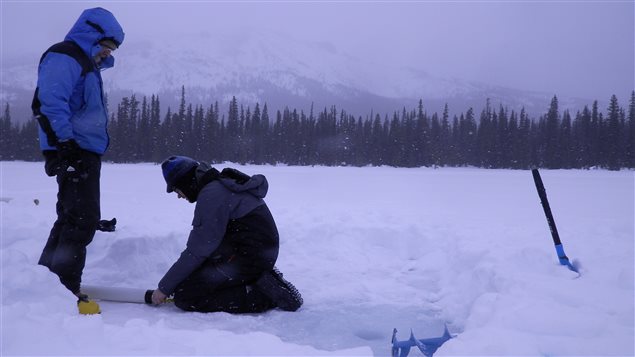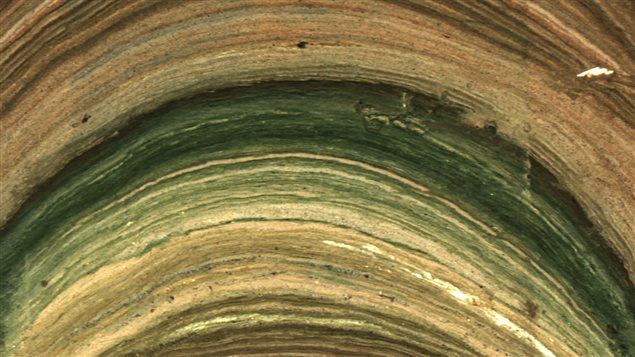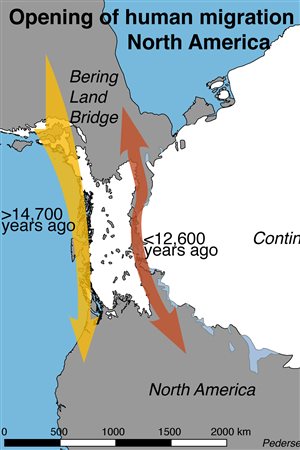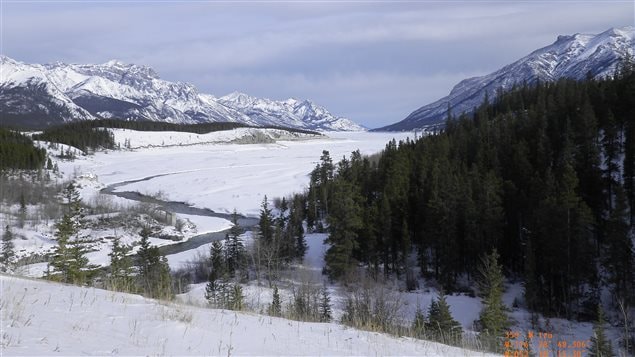For decades it was believed that the first humans came to North America from Siberia over the Bering Land Bridge and then moved south through a corridor of land opened up by melting glaciers. But new research has found that this western corridor did not support life that the humans would have needed until about 12,000 year ago.
‘How did they get there?’
“The problem with that 12,000-years-ago date is that we already have humans that have somehow got south of these big glaciers and are living in places like Montana and South America at 14,000 years ago. So how did they get there if they didn’t come through the ice-free corridor,”asks Cynthia Zutter, professor of anthropology at MacEwan University in western Canada and a researcher on the project.
Listen

Innovative technique can reconstruct past environments
Rather than using bones and teeth to date and document what life was in the 1,500-km-long corridor, researchers gathered samples from the bottom of lakes and colleagues in Denmark analyzed microscopic DNA to learn about the early environment.
“The workers from Denmark…provided this innovative research methodology that’s going to open up a whole new suite of reconstructing what past environments and vegetation and plant and animal communities were like,” says Zutter.

Tough to confirm coastal travel
The findings support newer theories that early humans came to North America by boat by island-hopping and living off whatever resources they found along the coast. They would have moved south of the ice sheets and spread out over land from there. More research is needed to confirm this, but Zutter says it is difficult.
Sites now under water
“Our challenge is that along that west coast most of those archaeological sites have been flooded because when those ice sheets melted the sea levels essentially rose substantively and any archaeological evidence or evidence of humans living there has now been flooded and is deep underwater. So how do we find it?”
Canadian researchers along the Pacific coast have been looking for evidence for years. Zutter hopes these new techniques will help support them and the theory that early humans first used coastal travel to make their ways south through the Americas. They would have used the western corridor much later when the ice receded and it became home to bison, mammoths, rabbits and other animals and plants.







For reasons beyond our control, and for an undetermined period of time, our comment section is now closed. However, our social networks remain open to your contributions.